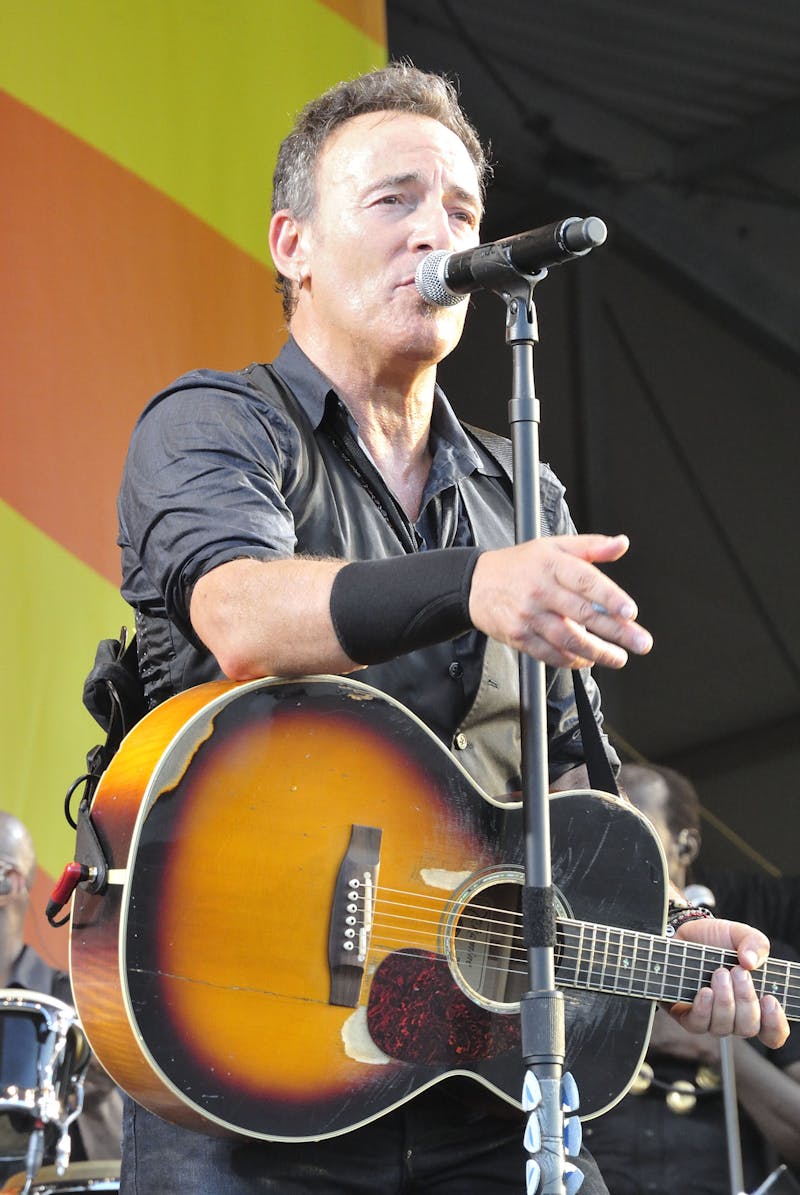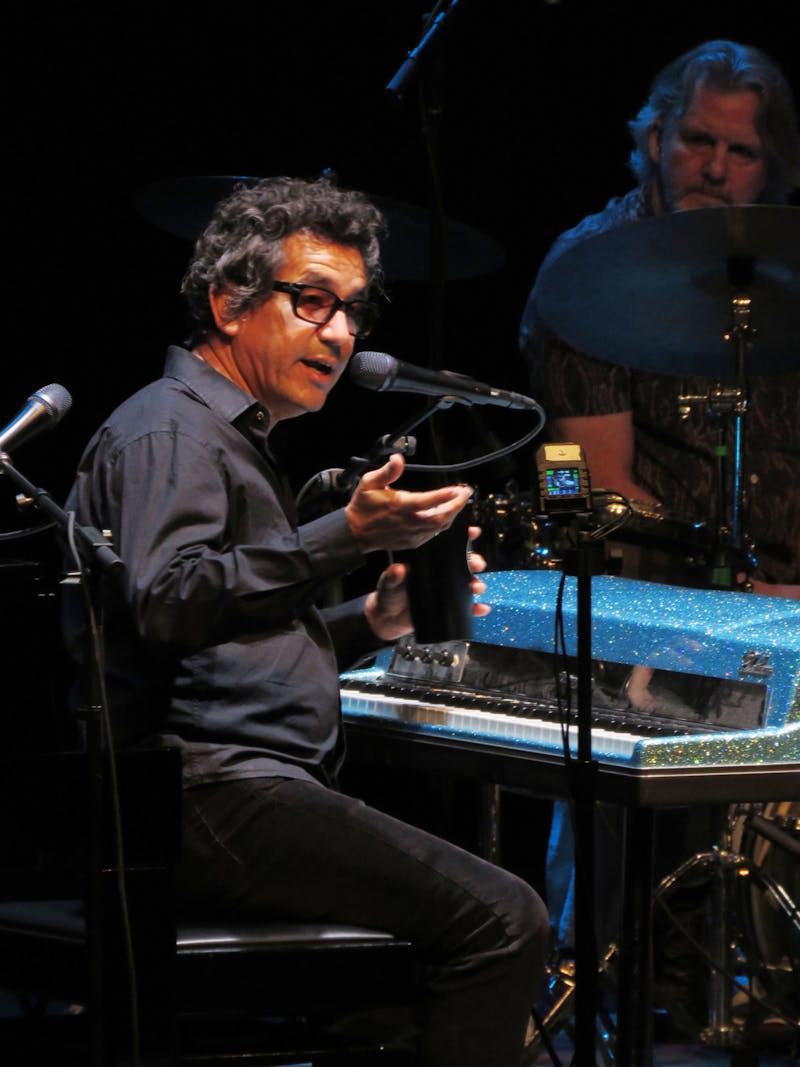On Valentine’s Day, 1,500 people gathered in the H. Ric Luhrs Performing Arts Center to see the Tony Award-winning play “Fiddler on the Roof.”
The show was opened by the performers singing “Traditions,” which sets the theme for the rest of the show.
“Fiddler on the Roof” is about a Jewish village in Anatevka, Russia, in the early 1900s.
Throughout the whole show, Tevye, the main character and town milkman, is trying to uphold his religious traditions for his wife and five daughters.
In the first act, Tevye has to face many challenges, but his main struggle is trying to keep the traditions that the Jewish community has held for so long, such as arranged marriages, only marrying Jews and moving away from the village. His oldest daughter breaks the tradition of arranged marriage by picking her own husband.
Throughout the first act, there is much talk of “the way things should be” but toward the end of the first act, the song “Sunrise, Sunset,” is a way of Tevye coming to terms with the fact that things are changing and traditions are becoming irrelevant to the younger generations, such as his daughters.
The first act ends when Tevye’s oldest daughter gets married to the man she chose, the town tailor.
At the wedding reception, yet another tradition was broken by an outsider named Perchik, who asked a female to dance with him.
The wedding ends abruptly when a group of Russian soldiers who destroyed the place settings, gifts and harm some party guests.
The second act opened with Perchick leaving to fight in the revolution, but first proposing marriage to Tevye’s second oldest daughter.
Again, Tevye goes through the pros and cons of having another daughter pick her husband.
He says that love is the “new idea,” which is his way of acknowledging that the traditions are changing and became less important.
The one tradition that Tevye can not accept is his third oldest daughter dating a Russian soldier. When he reprimands their relationship, she elopes with the Russian soldier and is disowned by Tevye and their family.
The Russian army eventually forces everyone out of Anakevka, and the villagers go to different places, such as Poland, Jerusalem, or America, where they must deal with the “outside world” they were trying to avoid for so long.
Throughout the play, the fiddler is a symbol for tradition.
Whenever Tevye is faced with an issue that goes against a tradition, the fiddler is there next to him playing.
“Fiddler on the Roof” is a humorous story of a father’s way of dealing with changing times and customs and the injustice against the community of Anakevka.




The Slate welcomes thoughtful discussion on all of our stories, but please keep comments civil and on-topic. Read our full guidelines here.